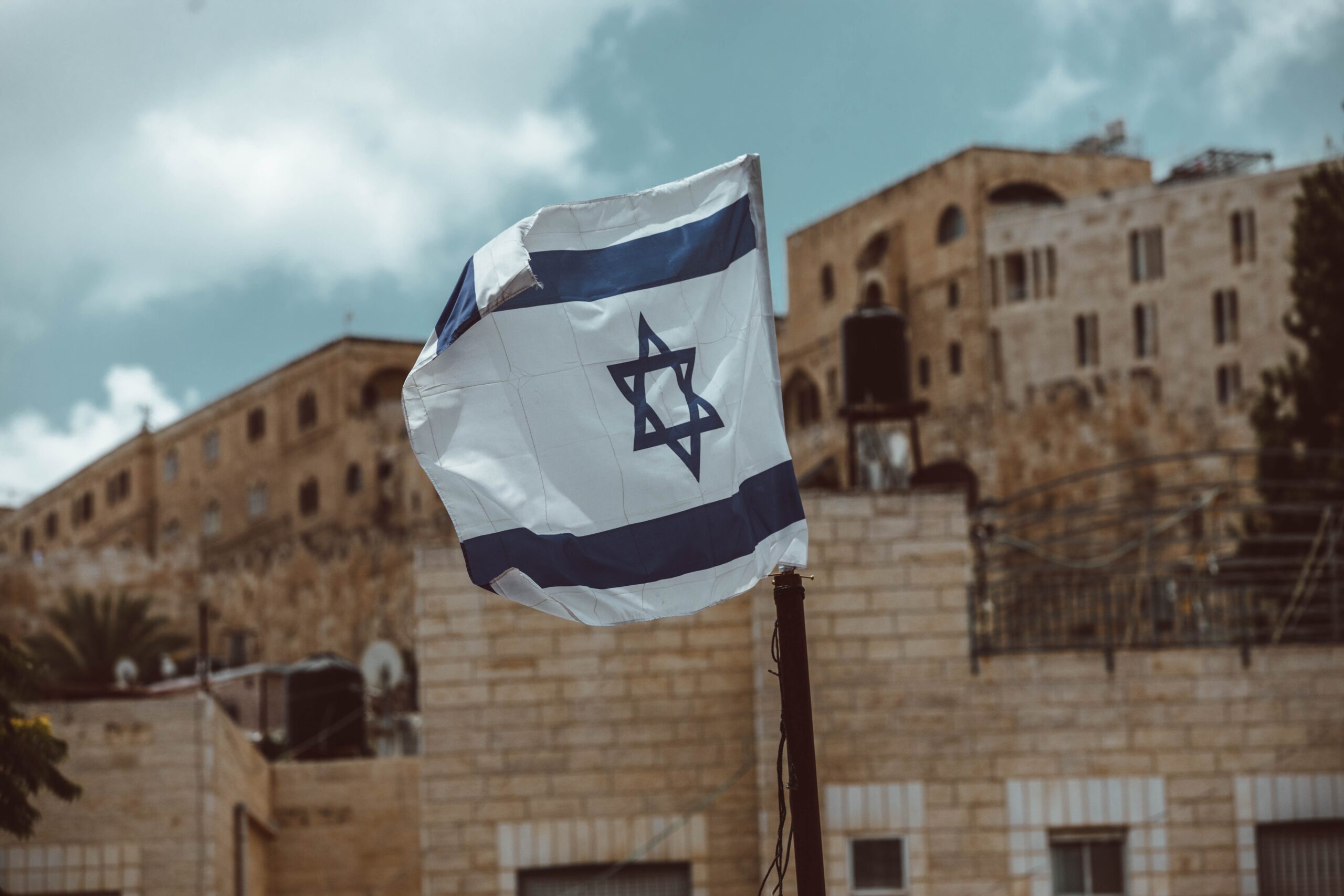The Armed Forces and Royal Navies of the CANZUK nations share a common heritage, sharing similar flags, ranks and anthems of the old British Commonwealth and Empire. The years ahead may prove to be a defining moment in the CANZUK cause.
In the 19th year of the 21st century, we committed CANZUK and Commonwealth supporters know that the CANZUK dream is closer than ever before. The recent news that Australia, the UK and Canada are going to be building and deploying the British designed Type 26 Frigate, is enormous and of vital importance in the affairs and security of our respective nations. For the first time since the 1980s, Australia, Canada and the UK will all share the same naval assets in their Royal Navies. With Australia, set to build 9, UK, 8 and Canada, 15, Type 26 Frigates, this is fixed to be one of the largest multi-national defence deals in history, with over £63 Billion ($80 Billion) tied up in this agreement. This deal gives a significant show of confidence in the CANZUK relationship. By having the Type 26 Frigates, all the respective CANZUK Royal Navies, will benefit from skills, experience and enhance their inter-operational capabilities.
Furthermore, 2019 offers Australia, Canada, UK and New Zealand a chance to further their military co-operation. Three of the nations above are Islands and require significant naval presences in their waters; meanwhile, Canada is facing the stark reality of a resurgent Russian Naval presence in the Arctic sea. Many defense analysts consider this to be a perfect opportunity for closer naval ties and commitments. I predicted rightly in 2013 that the British would eventually deploy its new Elizabeth Carrier to Asia. Subtly given the green light in July of 2018, when Australian Foreign Minister Julie Bishop insisted the two countries were ‘like-minded nations’ promoting ‘peace and stability”.
This was followed by reports by the Brexit champion, the ex-Foreign Minister Boris Johnson, suggesting the British could return to Asia and a base East of the Suez Canal. Potential long-term bases for the British in Asia include Singapore, where the British already have a naval presence, or Australia. Bishop referred to the UK’s ambitions: “We couldn’t be more delighted that the UK will be taking an increasing role in the Indo-Pacific.” 2019/2020 could see HMS Queen Elizabeth deployed to Australian waters, travelling alongside a “carrier strike group” involving several frigates for anti-submarine warfare, destroyers for air defence and potentially a nuclear submarine.
This episode could be the start of closer naval exercises and deployments between Australia, the UK and New Zealand. With rising international tensions over the South China Sea, many nations in Asia will want a different option and approach besides China or the USA. The Commonwealth and CANZUK could be that 3rd option. Australia-British relations could be central to that. With the British government’s austerity measures, the Royal Navy was forced to sell its only dedicated Helicopter Carrier, HMS Ocean, to Brazil in March 2018.
Meanwhile, Australia boasts of having two modern Helicopter Carriers, HMS Canberra and HMS Adelaide. Both are excellent highly-advanced helicopter-Carriers that are well-suited for the open seas. Meanwhile, Australia does not have fixed-wing Aircraft carriers that can deploy combat aeroplanes. However, the British can boast of two aircraft carriers, the impressive and new HMS Elizabeth Carrier, that can carry up to 60 aircraft, along with her sister ship, that is still under construction, the HMS Prince of Wales. Both ships are planned to carry 35 F-35B and four helicopters. Creating a CANZUK taskforce can create a naval force that only the USA could rival. The British boasts of 4 nuclear Trident submarines, that house its nuclear missiles. Furthermore, it may give the CANZUK nuclear protection that would enhance peace and security. All the CANZUK Royal Navies still share the Royal Navies ‘Heart of Oak’ anthem and of course even swear allegiance to the Queen.
Despite having two carriers, the UK currently does not have enough frigates and escorts craft to deploy to a self-sufficient British Carrier group to Asia without allied assistance. Budget restraints would leave the UK unable to keep a naval presence in the Falklands, home sea, and Gibraltar without allied support. That’s why CANZUK support is crucial. A similar situation occurred during the Falkland Conflict in 1982. By committing its ships to the war, the British were hard pressed to defend its interests in the Mediterranean, therefore accepted New Zealand assistance to send ships to free up British ships to be used in the war.
In 2019, we see may HMS Canberra, alongside HMS Elizabeth forming a carrier task force, supported by Australian, British and New Zealand naval destroyers and frigates. What was may come again. God Save The Queen.
 Daily Globe British Values, Global Perspective
Daily Globe British Values, Global Perspective




Hello Kaide,
Welcome aboard with a good post. In relation to individual assets, the Astute class SSNs are also useful to CANZUK (due to their speed and ability to stay for long times ‘on station’), and especially to Canada, whose submarine fleet is small and does not have the ability to fully police their northern waters from Russian Submarines.
It would be great to see a joint CANZUK Carrier Battle Group, be it in the Far East, Gulf or Atlantic Waters; it’d present a formidable picture of CANZUK cooperation. And there is always the argument that we need to re-establish (or just rename) the Home Fleet, which seems more pertinent with the number of illegal crossings of the English Channel. If we could better share our resources, hopefully, we can do more with what we have.
Isaac
Hello Issac,
Thank you for your reply. Your comments echo my own and I have drawn the same conclusions. I have always argued that having a Nuclear deterrent is useless if you cannot defend basic British installations and territories. Its common knowledge that the UK has been facing large cuts to its military. However, I argue that conscription should be re-introduced. Many will object and point out that the UK has only ever introduced conscription during the WW1, WW2, Korean War. That’s not strictly true, the British often “pressed men” into serving in the Royal Navy from the 15th – 19th Century. In the late with Century, the Royal Navy had over 100,000 sailors and marines in active duty. Of course, we don’t need them numbers today. Yet, the British military needs numbers rather more than ships in the current climate. Having British teenagers serve one to two years in the Royal Navy would address these shortages. Many youths already live close to the principle British ports and would make natural choices. The British are an island race and our power comes from the sea. The British Army will never mount a serious threat in land combat. Therefore we need to increase our naval assets